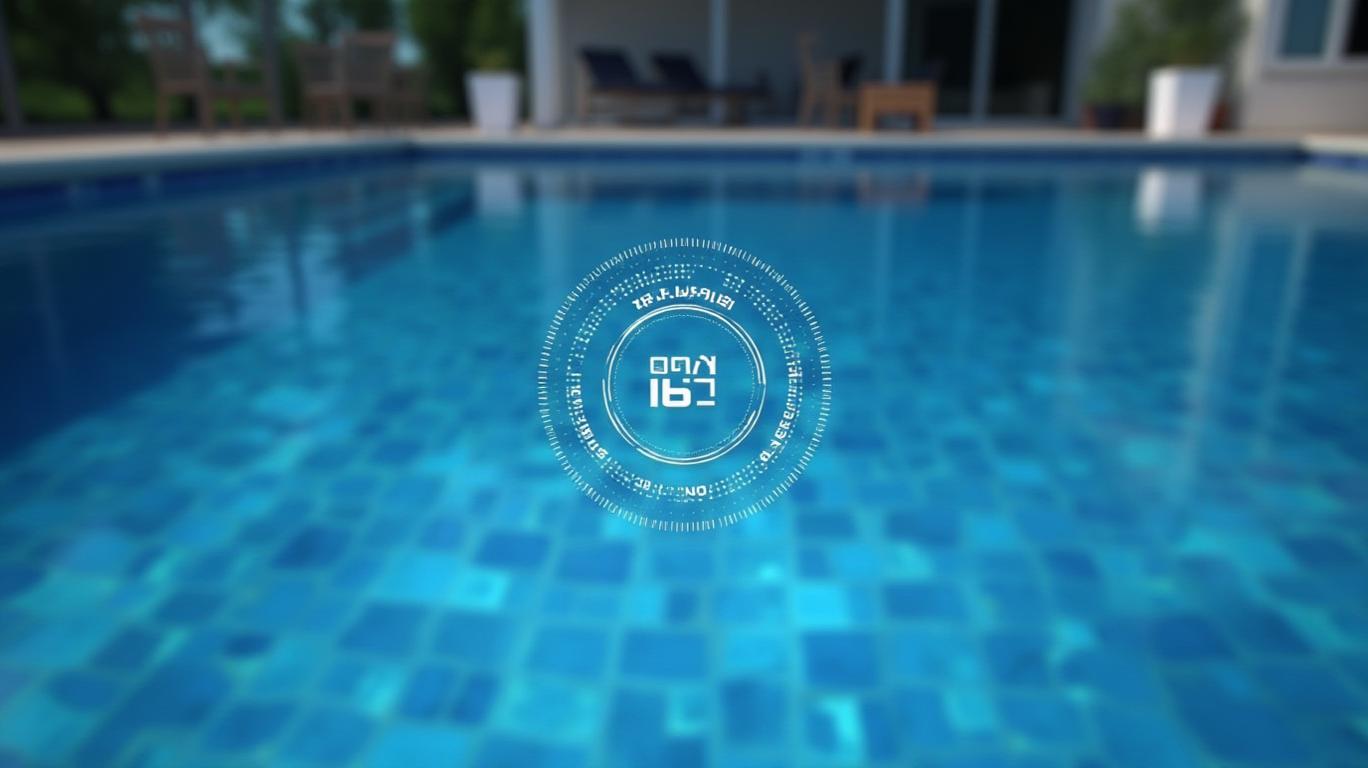Hayward Holdings, Inc. Q1 2025: Navigating Tariffs with Margin Resilience and Strategic Innovation
Hayward Holdings, Inc. (HAYW) delivered a resilient Q1 2025 performance, defying macroeconomic headwinds with robust sales growth, margin expansion, and disciplined execution of its tariff mitigation strategies. The company’s ability to balance price increases, operational efficiency, and strategic investments positions it as a leader in the swimming pool and water treatment markets. Below is a deep dive into the drivers of its success and the risks ahead.
Sales Growth: A Dual-Pillar Strategy
Hayward’s 8% year-over-year sales growth to $229 million was driven by both geographic and strategic initiatives. North America, its largest market, grew 8% to $187 million, benefiting from a 3% price increase, 2% volume growth, and contributions from the ChlorKing acquisition. Meanwhile, Europe/ROW sales rose 7% to $42 million, despite 2% currency headwinds. The company’s focus on aftermarket products—comprising 80% of its business—remains a stabilizing force, as recurring maintenance and replacement demand is less cyclical than new construction.

Margin Resilience: A Nine-Quarter Streak
Hayward’s gross margin expanded to 49.5%, its ninth consecutive quarter of improvement, reflecting relentless operational discipline. North America’s margin jumped 100 basis points to 52.8%, while Europe/ROW margins surged 360 basis points sequentially to 35%, signaling progress in regional cost controls. The adjusted EBITDA rose 9% to $49 million, with margins holding steady at 21.5%, despite a $30 million partial-year tariff impact.
Tariff Mitigation: A Playbook for Supply Chain Dominance
The $85 million annual tariff burden from China-sourced goods remains a key challenge, but Hayward’s restructuring is aggressive. By year-end, China’s share of cost of goods sold will drop from 10% to 3%, with production shifted to U.S. facilities. Cost initiatives, including renegotiated supplier contracts and inventory prebuys, are complemented by pricing power: Hayward has announced 7% price increases in 2025, including out-of-cycle hikes in April and June.
Strategic Innovation: The OmniX IoT Platform
Hayward’s OmniX IoT platform, targeting the 3.5 million non-automated pools in the U.S., is a game-changer. By offering wireless control and smart diagnostics, this technology unlocks aftermarket opportunities, boosting recurring revenue streams. A dedicated engineering team is accelerating IoT-enabled products like variable-speed pumps, positioning Hayward to capture the premium paid for smart home integration.
Balance Sheet Strength: Liquidity Amid Uncertainty
Hayward’s financial discipline is evident in its $398 million total liquidity, including $181 million in cash, and a net leverage ratio of 2.8x—within its 2x–3x target. While free cash flow dipped to ($12 million) in Q1 (seasonally typical), management expects strong collections in peak seasons, supporting its $150 million+ annual cash flow target.
Risks and Challenges
- Macroeconomic Softness: High interest rates could dampen discretionary spending for new pools or renovations.
- Trade Policy Uncertainty: Geopolitical risks may disrupt supply chains, though reshoring efforts mitigate this.
- Inventory Management: Post-price-hike destocking is a risk, but Hayward’s tight channel controls aim to avoid excess inventory.
2025 Outlook: Cautious Growth, High Conviction in Resilience
Hayward’s full-year guidance calls for 1%–5% sales growth ($1.06–$1.1 billion) and $280–$290 million in EBITDA, unchanged from prior targets. Management’s confidence stems from:
1. Price Realization: Expected to contribute 5%–6% net sales growth.
2. Volume Pragmatism: Accepting mid-single-digit volume declines in discretionary markets.
3. Cash Conversion: A >100% net income conversion rate, supported by strong collections.
Conclusion: Hayward’s Fortified Position
Hayward Holdings’ Q1 results underscore its ability to navigate tariffs and macro challenges through margin discipline, supply chain innovation, and strategic product launches like the OmniX platform. With $150 million+ free cash flow visibility, an 80% aftermarket business model, and a balance sheet that can weather volatility, Hayward is well-positioned to outperform peers.
While risks like trade policy and consumer spending remain, Hayward’s proactive strategy—reducing China exposure, accelerating pricing, and capitalizing on IoT trends—creates a compelling long-term narrative. Investors seeking exposure to a resilient, cash-generative industrial name with a dominant aftermarket position may find Hayward Holdings a compelling opportunity.
In a sector where margins are under pressure, Hayward’s nine-quarter streak of margin improvement—now at 49.5%—speaks volumes about its execution. The stock’s current valuation, trading at 12x forward EBITDA, appears reasonable given its defensive cash flows and growth catalysts. For the cautious investor, Hayward offers a blend of stability and innovation in a fragmented market—a winning formula for navigating 2025’s uncertainties.










